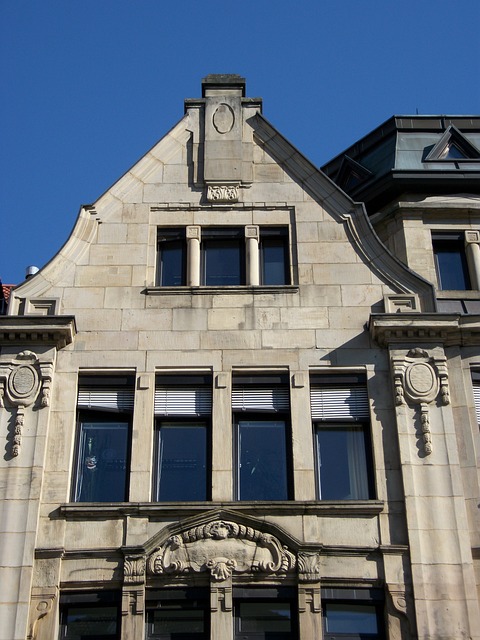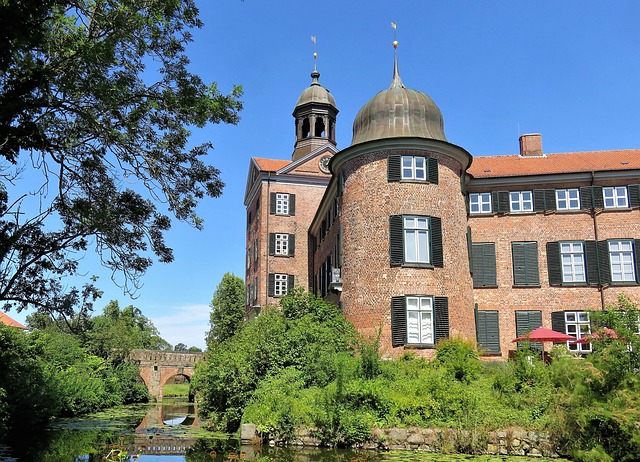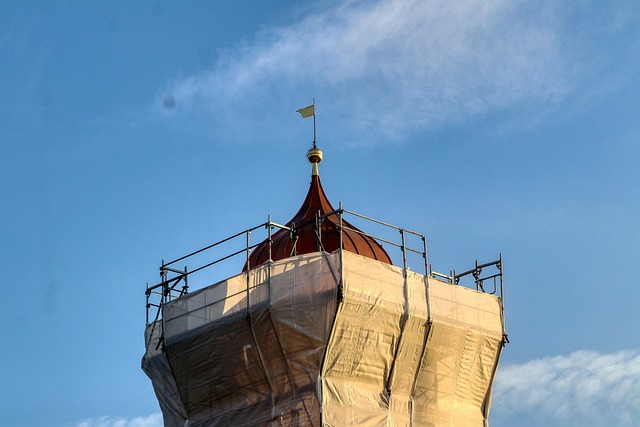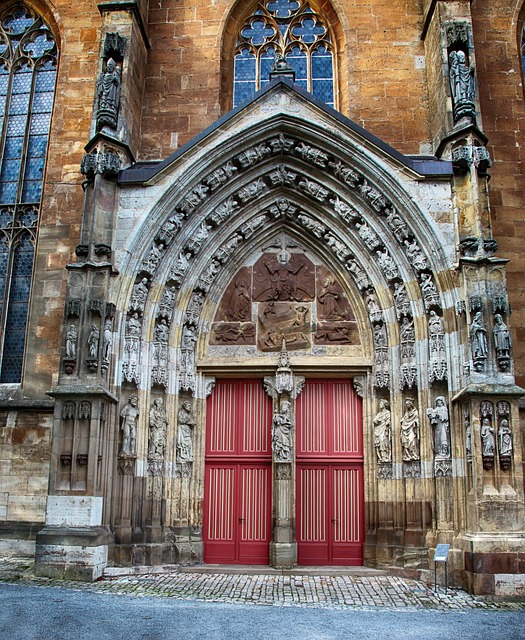Preserving original architectural features in older properties is key to maintaining historical significance and enhancing real estate value. This meticulous process involves careful evaluation, documentation, and use of period-appropriate materials by skilled craftsmen to ensure authenticity and longevity. Historic charm attracts buyers, creating a balance between old and new that boosts curb appeal and desirability in the competitive real estate market.
In the realm of real estate, preserving original architectural elements can significantly enhance property value and appeal. This article guides you through the process of identifying key features to save, offering careful preservation techniques and best practices. We explore how restoring historical elements not only preserves a building’s unique character but also adds charm and desirability that can boost market competitiveness. Dive into these insights to uncover the benefits of architectural conservation in today’s competitive real estate landscape.
Identifying Key Architectural Features to Save
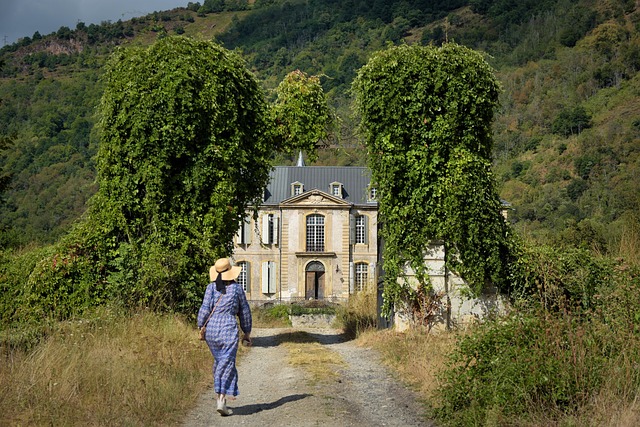
When preserving an older property, the first step is to identify its key architectural features—the unique elements that give it historical significance and character. These could include original hardwood floors, intricate moldings, or vintage windows. In real estate, these traits are often what set a property apart and make it desirable. Carefully evaluating each area of the building allows restorers to make informed decisions about which elements to save and restore.
Focusing on these features ensures that the property’s original charm is retained while modernizing other aspects. It’s crucial to document these architectural traits through detailed photography and, if possible, create digital archives for future reference and as a guide for restoration teams. This meticulous approach guarantees that any renovations or restorations accurately replicate the building’s historical integrity.
Careful Preservation: Techniques and Best Practices
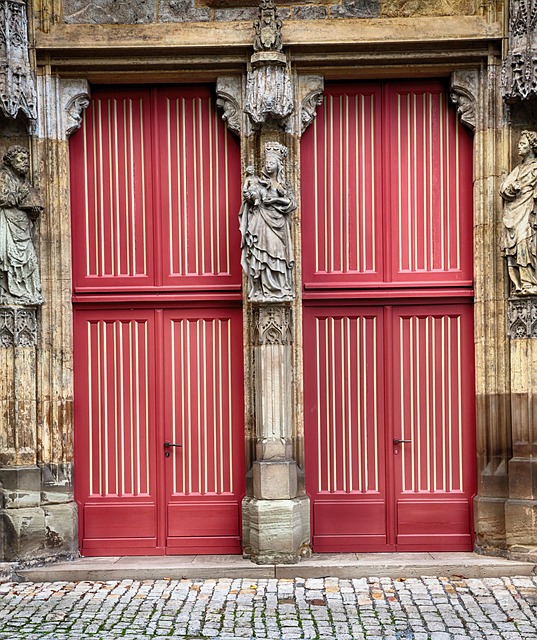
In the realm of real estate, preserving original architectural elements is an art that requires meticulous care and specialized techniques. When rehabilitating or restoring historic properties, every effort should be made to retain and restore these unique features. Careful preservation not only maintains the property’s authenticity but also contributes to its longevity and increased value in the market.
Best practices involve using period-appropriate materials and methods to ensure accuracy. This might include repolishing original hardwood floors, preserving intricate moldings, or restoring windows to their former glory. Experts recommend conducting thorough research on the structure’s history to make informed decisions. Additionally, engaging skilled craftsmen who specialize in historic preservation ensures that these elements are handled with the utmost care, ensuring a harmonious blend of old and new for future generations to appreciate.
Restoring Balance: Benefits for Real Estate Value

Preserving original architectural elements can significantly boost the value of a property in the real estate market. When a building retains its historic charm and structural integrity, it instantly becomes a unique selling point, attracting buyers who appreciate authentic design and the character that comes with age. This strategy not only preserves the past but also offers a distinct advantage in a competitive market.
Restoring balance to these structures can create a sense of harmony between the old and new, increasing curb appeal and desirability. Many potential purchasers are drawn to the idea of living in a space that tells a story while providing modern amenities, making historically preserved properties highly sought-after assets within the real estate sector.

